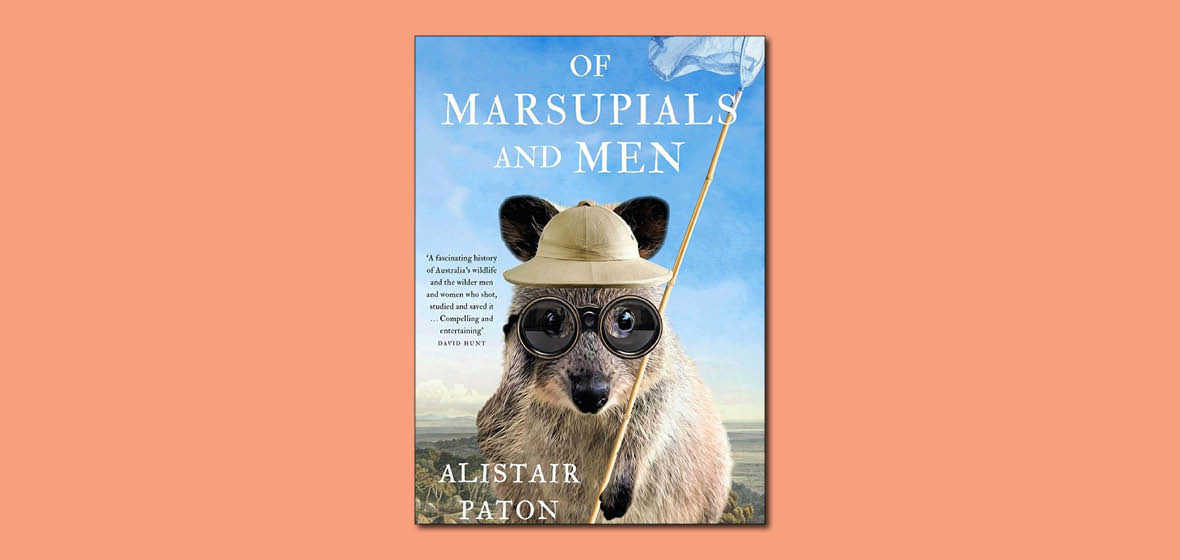Larrikin naturalists and explorers and the maverick animals and birds they observed, hunted and captured: a cautionary tale about the future of Australian fauna
The fauna of Australia has been through turbulent times under the custodianship of European invaders and adventurers. First, the settlers wanted to repopulate the continent with familiar animals and birds. Then they killed or captured samples to take back to sell, amuse and inform. And now, scientists and environmentalists are leading the movement to conserve the surviving species.
Of Marsupials and Men by Alistair Paton reads like a boys’ own adventure book (and is a great cautionary tale for young people).
Written in the iconoclastic Aussie style, it’s full of colourful stories (with black and white images) about larrikin naturalists and explorers and the maverick animals and birds they observed, hunted and captured.
We discover that the platypus has long been a source of wonder. In 1883 an 85-year-old riddle was solved about whether or not the enigmatic platypus – “the animal of all time” – laid eggs. And Winston Churchill had a stuffed platypus on his desk.
There are plenty of funny and informative yarns, like those about ornithologist John Gould, and the snake men who milked venom. And many interesting facts. Did you know that the term ‘scientist’ was only coined in 1834? And that Australia has 147,579 ‘accepted described species’?
Underlying the humour is an exploration of the evolution of man’s relationship with flora and fauna, from the first explorers who found the animals they encountered “curiosities at best and useless at worst” and the “reckless devastation” through destructive, and financially rewarding, industries. A 2019 study, Paton notes, found 100 uniquely Australian species have become extinct since European arrival – including 34 mammals, 9 birds, 4 frogs and an earthworm.
Paton tells how uncountable birds and animals were killed for science and trade and laments the untold damage caused by populating the lands, rivers and skies with rabbits, foxes, camels, carp, sparrows and Indian mynas. The paradise parrot – one of the most beautiful birds of Australia – was rendered extinct by 1927 because termite mounds, its home, were dug up to be used in the construction of tennis courts.
And Paton also acknowledges how, over 150 years, the wildlife pioneers have transformed public attitudes “from scorn and embarrassment to wonder and pride”.
The overriding message of the book is that long-term irreversible damage has been done through “destruction of habit, invasion of feral pests, overdevelopment and a warmer planet”. But Paton remains optimistic: through “respect, admiration and protection” we may still be able to reverse the pending catastrophe, if we have the will to do so.




